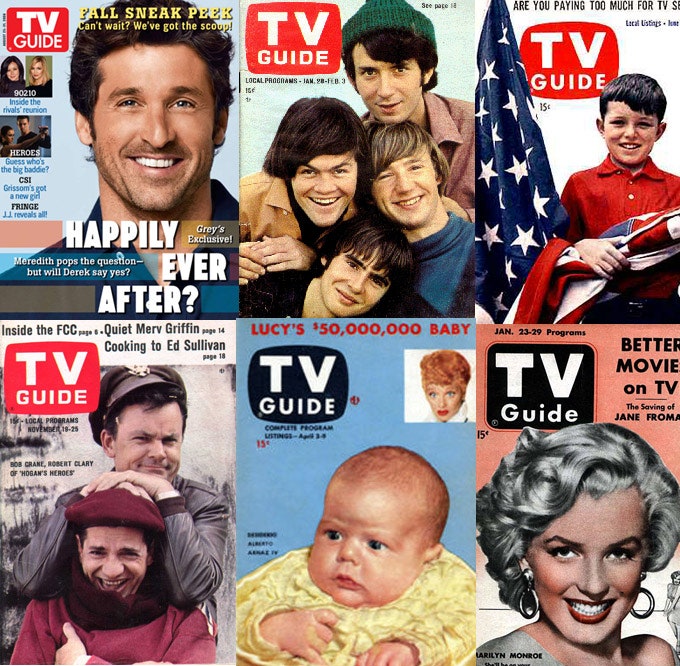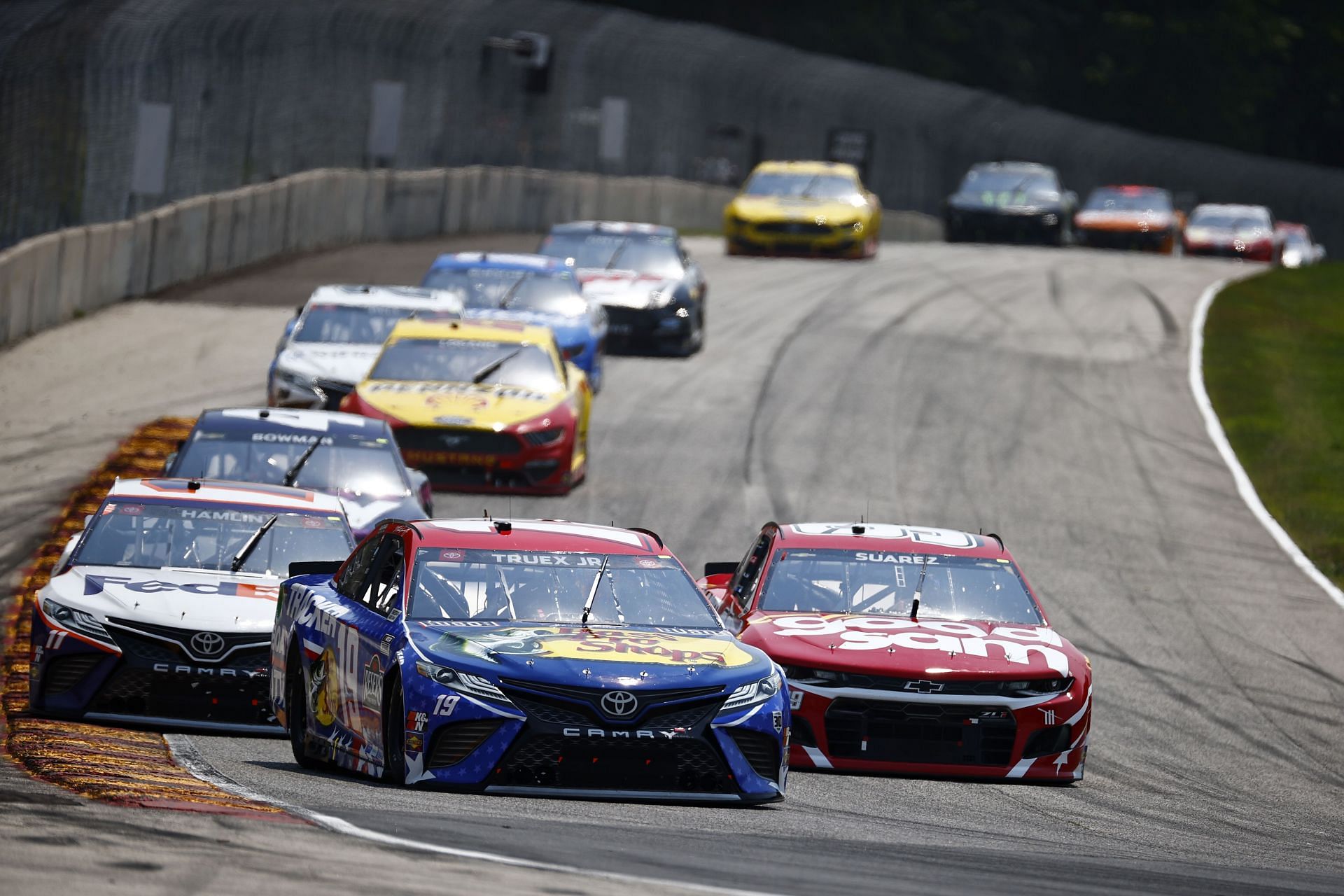
Are you a NASCAR race fan? Before applying for a NASCAR free pass, here are some things you should consider. Drivers that are more than one lap slower in the real race won't be granted a pass. They won't be able to make up the difference in the real race. Drivers who finish behind in the real race by more than 2 laps are not eligible for a free pass.
94 free passes have been given out since 2003
The NASCAR free pass is a rule in place since 2003 that gives the first driver off the lead lap a lap back when a caution flag comes out. The rule was developed as a compromise between the teams and fans who were concerned about safety during the restart of a race.

Since 2003, free passes for 94 races have been handed out. Mike Joy, a race announcer, was the first to give out a free pass at 94 races during the 2004 Subway 400 broadcast. Larry McReynolds uses the same term as well as the Mars Corporation which sponsors the #38 Robert Yates Racing Ford. Other media outlets also use the free pass in their graphics packages such as Fox Sports or MRN Radio.
Loopholes in the rule
Critics claim that the NASCAR rules' free pass rule unfairly favors the leader. The driver must be at least one lap slower than the leader to qualify. But, points are not required. All a driver needs to do is be one lap down before a yellow comes out. However, the rule isn't perfect and may not be applied to every race.
The free pass rule was put into place in 2003 and was intended to help improve safety. It was supposed to give the first car from the lead lap a lap back after the caution flag goes out. However, some drivers have abused this rule and are using it for the wrong reasons. Joey Logano spun in New Hampshire in July and was given a free pass. He could pit and get more fuel.

Drivers receive laps back because of freak incidents
Formula One drivers receive laps back if they have an accident that causes them to lose control. One such case occurred in August when the British driver Justin Wilson was injured by debris flying from another car. Sage Karam was thrown from his car into a barrier at over 200 mph. Wilson was then struck by a piece on his helmet, and later died. His father described the accident as a freak accident.
FAQ
What is the best place to train race car drivers?
Drivers of race cars learn how to drive through different ways. Many learn how to drive a regular vehicle. Then, they move to a simulator. A simulator is like a virtual reality computer game. You control a vehicle while sitting in a simulator.
Then you'll take your skills into real life. You will be taught how you can maneuver around corners, and turn sharp curves.
You will be able to race against other drivers after this.
Do you have any guidelines for the appearance of a racecar?
No. Race car designers design the cars however they please.
However, they must follow certain safety standards.
How many people are involved in the making of a racecar.
Most race car manufacturers employ hundreds of workers.
They produce components such as wheels and tires, suspension systems, engine components, and body panels.
What is the difference between a road car and a racing car?
Road cars are intended to be driven on public roads. Race cars are specifically designed for competitions like car racing. They are aerodynamically designed to help them accelerate and brake quickly.
Statistics
- According to thepostgame.com, “The Daytona 500 is one of four ‘restrictor plate' races on NASCAR's calendar, given both safety and competitive concerns for the long track and its famous 31-degree banking in its four corners.” (defensivedriving.com)
- This change may give an improvement of up to 29% fuel efficiency. (en.wikipedia.org)
- Acceleration is a little gentler (relatively speaking) too, with 0-100km/h taking an estimated 3.1 seconds and 0-200km/h covered in 7.8 seconds. (autosport.com)
- Forget the 200-mph battles of the late 1980s; no one, not even McLaren itself, predicted the inimitable F1 would go as fast as it did. (motortrend.com)
- In 2013 Ferrari had an estimated team budget of $470 million, while elite IndyCar teams have an estimated annual budget of $15 million, according to FormulaMoney. (businessinsider.com)
External Links
How To
5 of the Fastest Stock Cars For Street Racing In 2022
-
Ford Mustang GT350R – $50k+
The Ford Mustang GT350R supercar is street legal. It features a 6.2L V8 engine producing over 600 horsepower and 590 lb-ft of torque. Brembo brakes and Michelin Pilot Sport Cup 2 tires are standard features. The 20-inch wheels are wrapped in Pirelli Scorpion Z tires. The interior has leather seats, carbon fibre trim, and a 10.25 inch touchscreen display.
-
Chevrolet Corvette C8Z06 – $60k-$80k
The Chevrolet Corvette C8Z07 sports car is a mid-engine, built by General Motors. It was unveiled at the 2017 Detroit Auto Show. The car's engine is a naturally aspirated 8.0L LT4 v8 engine. It produces 650 hp (700 lb-ft) and is mated to a seven speed manual transmission and rear-wheel-drive. It weighs in at 2,800 pounds.
-
$70k to $100k
Dodge Challenger SRT Hellcat Widebody. The Dodge Challenger SRT Hellcat Widebody from Chrysler Group LLC. It is a muscle car. It is based on the third-generation Charger platform introduced in 2016. The wide body variant is produced since 2018. This car is the fastest-produced vehicle in the world, with a 707hp supercharged HEMI V8 engine.
-
BMW M760Li xDrive – $140k - $180k
The BMW 760Li high-performance luxury sedan manufactured by German manufacturer BMW AG is a BMW 760Li. In 2012, the second generation of the BMW 760Li was launched. The car's twin-turbocharged V8 petrol engine produces 750 HP and 800 Nm of peak torque. It can travel from 0 to 60 mph (0-100 km/h), in 3.9 seconds, and reach its maximum speed of 196 mph (315km/h).
-
Porsche 911 Turbo S from $160k to $200k
The Porsche 911 Turbo S version is a high performance 911 roadster. It's powered by a 3.8L flat six turbodiesel engine producing 550 hp. The engine is paired to a PDK double-clutch gearbox. The car can accelerate from 0-62 mph (100 km/h) in under four seconds and reach a top speed of 197 mph (317 km/h).